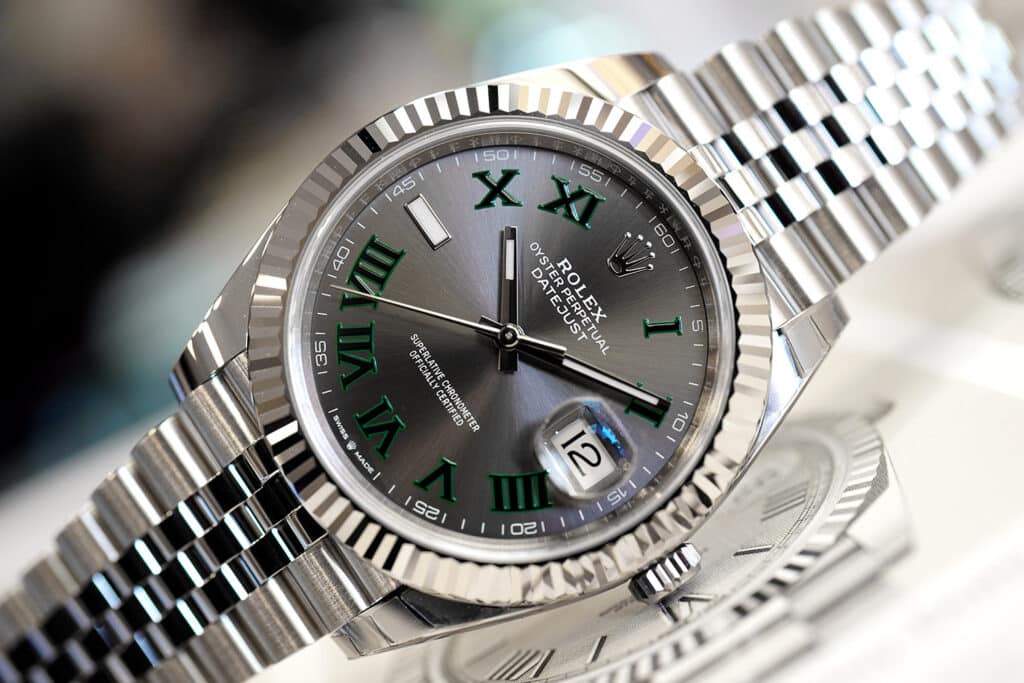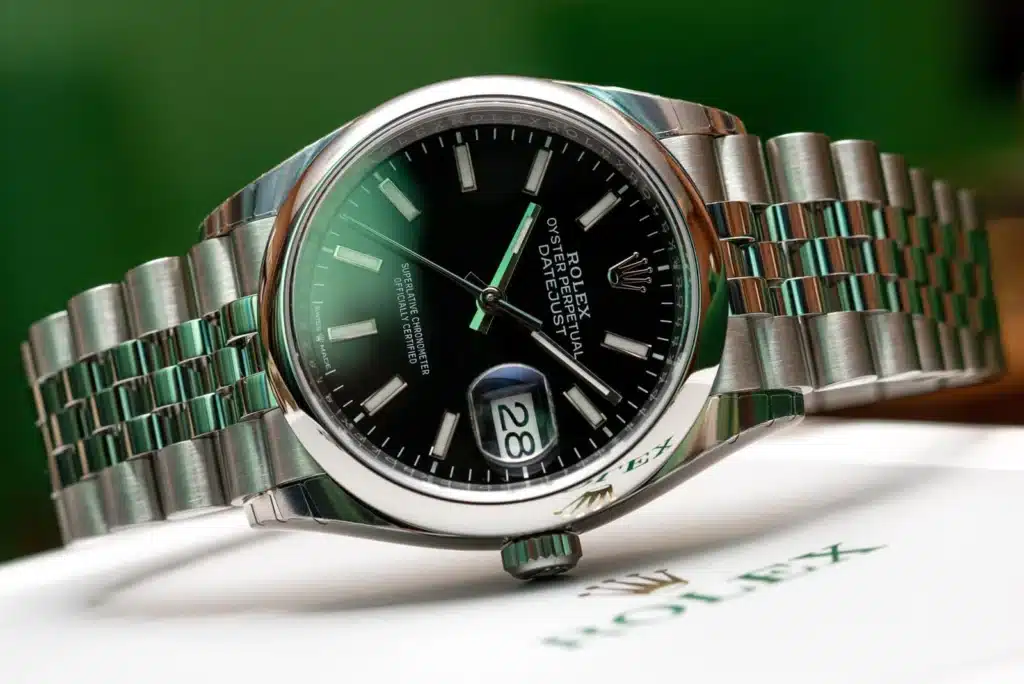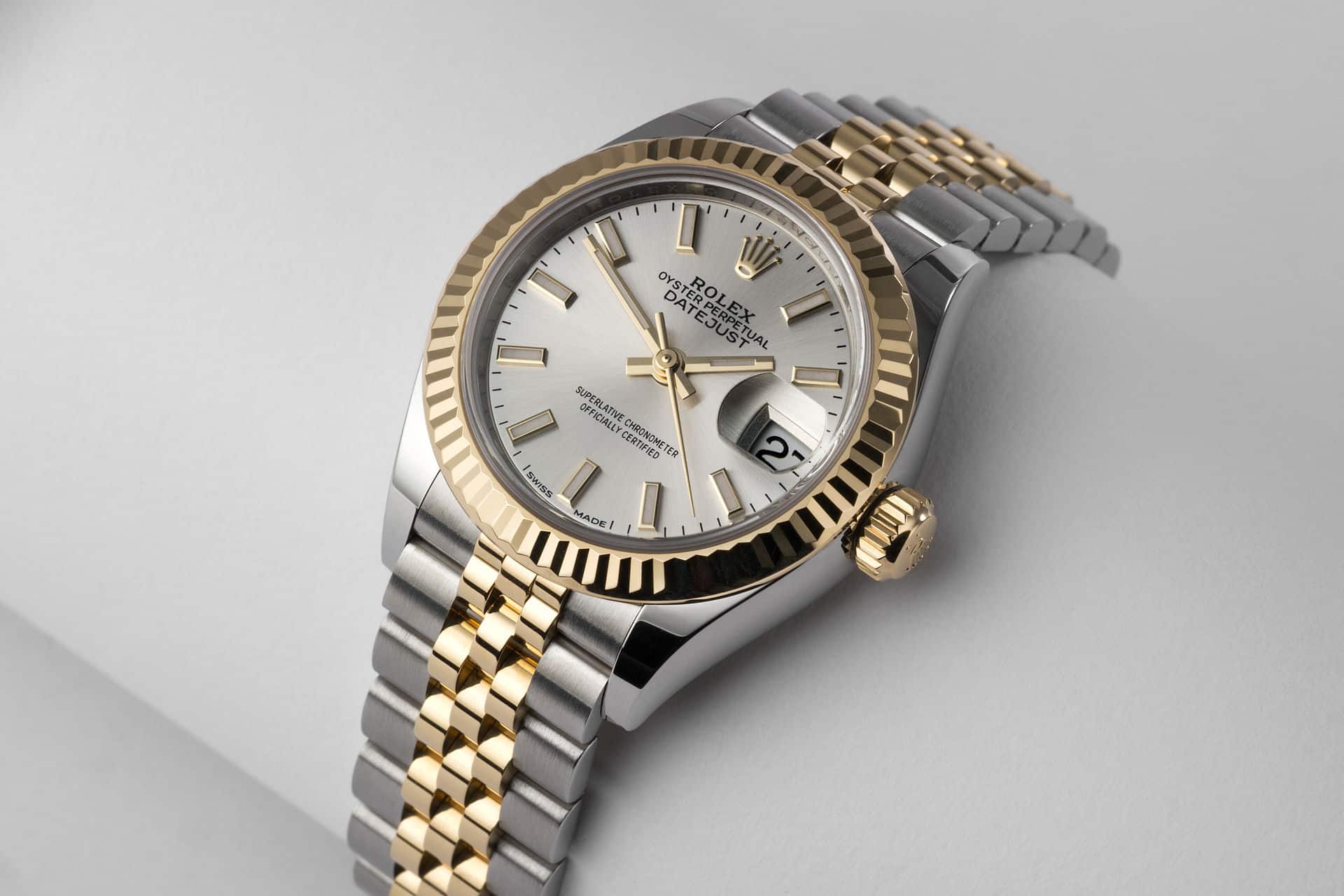Introduction
In a timepiece, a repeater is a component intended to chime the time on demand. Unlike conventional time-telling systems, which graphically show hours, minutes, and seconds, repeaters vocally broadcast the time. To signify the hours, quarter hours, and occasionally minutes, these watches use a set of tones and gongs so the wearer may tell the time without looking at the dial. The ability needed to produce repeaters makes them rare, sophisticated, and costly. Historically, especially in low-light environments, they were rather important before the general availability of illuminated clocks and watches. They are still valued today mostly for their history, quality, and auditory appeal.
What Is A Repeat?
Within the realm of luxury timepieces, there are many minute features, sophisticated motions, and polished quality. Among these complications, the function that combines engineering ability with historical relevance is among the most sought-after ones. Usually featured in luxury mechanical timepieces, it represents a technical wonder as well as a display of the artistic energy of watchmaking. This blog entry explores the definition, background, varieties, and operation of this intricate mechanism in a watch. By the conclusion, you will fully appreciate this remarkable ability and understand why collectors and watch enthusiasts hold it in such high regard.

Starting And Developing The Repeater Mechanism
The repeater problem originated in the 17th century, before electric lights. Particularly in the evening, people needed a method to tell the time in darkness. Early bells-equipped clocks let users hear the time, but it was the introduction of repeaters that made this ability personal.
Watchmakers started to shrink the repeater mechanism in the 18th century, which helped pocket watches include it. Renowned horologists such as Abraham-Louis Breguet made major improvements in the design of chiming mechanisms, therefore enhancing the acoustics and reducing the size of the mechanical components. The development proceeded with complex chiming mechanisms, such as minute chimes, which proved a success for watchmakers who could master the fine adjustments needed for accurate sound production. Despite contemporary illumination solutions, these mechanisms are still prized today for their intricate design and historical significance, reflecting centuries of horological heritage.
Types Of Repeaters
Quarter Repeater
Chimes the hours and the closest quarter-hour; the quarter function is among the first types of chiming complications. The wearer activates it to chime the number of hours first, followed by distinct chimes for every quarter hour. For example, at 3:45, the watch would chime three times for the hours and three times for each quarter-hour.
Half-Quarter And Five-Minute Repeaters
Horologists created more exact complications as technology improved, such as the five-minute and half-quarter mechanisms. Though unusual, a half-quarter version chimes on the half-quarter hour (7.5 minutes); a five-minute complication tells the time in five-minute intervals. Attractive to those who wanted accuracy but with fewer difficulties, these versions provided higher accuracy without the complexity and expense of a minute variation.
Minister Repeater
The height of horological complexity is found in the minute mechanism. It allows a precise time announcement by chiming the hours, quarters, and minutes with different sounds. For the hour, the watch would chime three times at 3:52—three times for each quarter and seven times for the remaining minutes past the quarter hour. Among the most appreciated complexities in the watch world, these mechanisms are quite difficult to create. A luxury in fine watchmaking, the minute mechanism is crafted with great attention to detail, acoustic refinement, and accuracy.
Grande And Petite Sonnerie
Special kinds of timepieces called “grande sonnerie” and “petite sonnerie” chime the time automatically at specified intervals. A petite sonnerie chimes just the hours at the top of each hour, while a grande sonnerie chimes the hours and quarters on their own. These complications combine the art of chiming mechanisms with the machinery of a striking watch, therefore adding an extra degree of complexity, unlike that of conventional chimes, which depend on manual activation.
How Does A Repeater Work?

The repeater mechanism is usually triggered by sliding a lever or pressing a button on the case. Watch motion drives it. This movement sets off a sequence of precisely moving gears, cams, and levers, creating noises matching the time. Little hammers driven on thin metal gongs fastened to the watch’s inside case produce these noises.
The detailed assembly and tweaking of these parts determine the sound’s quality and precision. Each gong and hammer’s design affects the chime’s tone, volume, and clarity; high-end watchmakers make sure every strike echoes harmonically. Designed especially to separate hours, quarters, and minutes, the cams and levers are exactly aligned to match the time shown on the dial.
Modern watchmaking sometimes uses repeaters, a particular kind of gong that circles the movement twice and generates a deeper, more resonant sound. The materials used—high-grade steel or alloys, which allow for clearer, longer-lasting chimes—also affect the quality of sound.
Crafting A Repeater: Precision And Skill
Making a repeater complex requires both great skill and meticulous attention to detail. To guarantee the chimes’ precision, watchmakers labor hundreds of hours building, assembling, and adjusting every component. The tuning process itself requires professional ability since the sound quality has to be consistent and pleasing to the ear.
From the hammers and gongs to the complex cams and levers, every element of this intricate mechanism—including each component—is often handcrafted and tested several times. The procedure requires not only accuracy but also patience since even a minor change in alignment or tension could compromise the quality of the chimes. Known for producing these masterpieces, high-end watch brands such as Patek Philippe, Audemars Piguet, and Vacheron Constantin dedicate significant time and financial resources to each piece.
Why Are Repeaters Particularly Valued?
The great worth of these intricate timepieces in the watch market comes from their rarity, complexity, and historical relevance. Not only are they difficult to produce, but they also reflect a link to the past—a period when such complexity had a useful function. Today, these intricate creations serve as art objects, collectibles, and monuments to watchmaking excellence rather than only clocks.
Their value results from limited manufacturing since only a few brands have the knowledge to produce them. These timepieces are exclusively available to top collectors since the considerable work needed calls for high six- to seven-figure pricing. Usually appreciated over time, these watches represent an investment in both historical and horological creativity and make a prized addition to any collection.
Repeaters’ Evolution With Contemporary Technology
Although repeaters were historically necessary for telling time in darkness, their importance has changed as lit watch dials, backlighting, and Contemporary technology has emerged in horology, evolving traditional complications into modern marvels. Rather than a necessity, these advancements pay homage to classic watchmaking, preserving its legacy and adapting it to new contexts. Certain modern companies have started experimenting with digital adaptations and even including audio upgrades to increase sound quality. Purists counter that older mechanical versions—with their manual gongs and hammers—possess a beauty and craftsmanship that contemporary approaches cannot fully replicate.
Materials have also evolved, incorporating silicon and carbon composites to enhance dependability and endurance. These developments allow mechanisms to resist wear and withstand temperature changes, thereby prolonging their lifespan. This fusion of traditional and contemporary techniques continues to push the boundaries of horological innovation while preserving its rich heritage.
The Auditory Appeal: Why Sound Matters In A Repeater

The sound a repeater watch makes is among its most intriguing features. Every repeater is different because of the tone, pitch, and resonance of the chime, which define the auditory character of a watch. High-end companies customize every watch to guarantee a unique and pleasing sound. The chimes’ accuracy and harmonic mix of notes are evidence of both the watchmaker’s expertise and the caliber of the materials employed.
The auditory experience of a repeating watch goes beyond simple usefulness. Many times, enthusiasts characterize the sound of a repeater as calming, almost musical. Every chime is made to be clear-resonant, and the unique sound gives timekeeping a sensory component, therefore strengthening the emotional link between the wearer and the watch.
Conclusion
In the history of watchmaking, timepieces with chiming complications hold a special place as they blend artistry with utility. Their appeal remains significant, even if their practical value has evolved over time. Today, these chiming mechanisms are appreciated not only for their functional beauty but also as a testament to the skill and passion of watchmakers. Whether as a quarter, five-minute, or minute chime, each form adds value to the timepiece and provides a unique auditory experience. Owning such a watch is akin to possessing a piece of horological history, with each chime echoing a legacy of creativity and craftsmanship.
Frequently Asked Questions
1. Why is a repeater watch so costly?
Because of their complex design and the talent needed to create them, repeater watches are expensive. Many of the small components used in the production process—many of which are handcrafted—have exact assembly, tuning, and testing in mind. Reiterators, which add to their uniqueness and value, are created by only a small number of skilled watchmakers.
2. In what ways do a quarter repeater and a minute repeater differ?
To provide exact time-telling, a minute repeater chimes the hours, quarter hours, and minutes. By comparison, a quarter repeater chimes the hours and the closest quarter-hour. Because they are more intricate, minute repeaters are often more useful.
3. Are everyday usage repeaters sensible?
Though they are useful, in current times, most people view repeaters as more of a luxury than a necessary tool. Although an audible time-telling feature is less important now with lit dials and digital displays, repeaters are nonetheless prized for their historical importance and quality.
4. Do wristwatches have repeaters?
Indeed, both pocket watches and wristwatches feature repeaters. Although the mechanism was first intended for bigger pocket clocks, developments in watchmaking have allowed repeaters to be downsized and used in contemporary wristwatches.
5. Do all luxury brands create repeaters?
No, as the complexity calls for specialist knowledge and large resources, only a few high-end watch brands include repeaters. Often produced in small numbers, brands including Patek Philippe, Vacheron Constantin, and Audemars Piguet are renowned for their superb repeaters.








